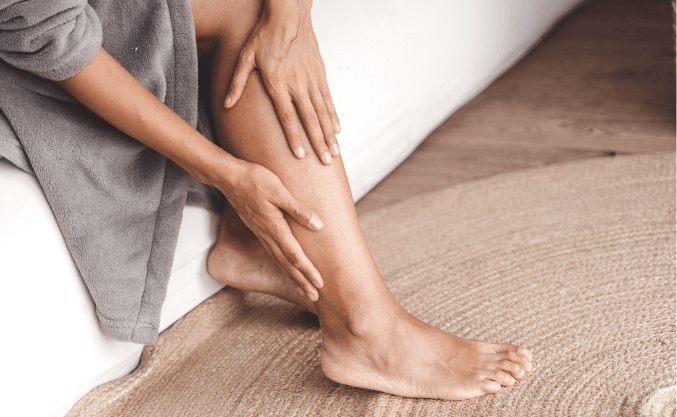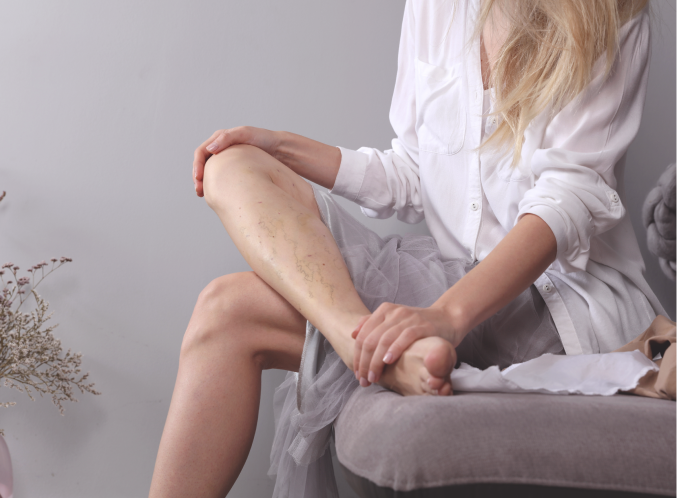06 February, 2024
Varicose veins prove to be a headache for many. However, how many of us really know, what are varicose veins?
Varicose veins are tortuous veins that are usually blue or purple in colour. They are most commonly seen on legs. Apart from causing general discomfort, varicose veins may also lead to swollen ankles and painful muscle cramps.
Varicose veins develop when the valves within superficial veins stop working. In a normal vein, backward-flow of blood is prevented by a number of valves that open and close in intervals. When these valves stop functioning properly, blood gets caught up in the veins, resulting in swollen varicose veins.
Although varicose veins do not particularly result in any serious health hazard, they do impart an unpleasant appearance to the area it develops in. Varicose veins can develop making your leg swollen, producing skin changes and ending in ulceration.
We offer a number of different ways tailored for you to treat varicose veins.

The best way to diagnose varicose veins is by a vascular ultrasound scan. During the assessment, a water-based gel is placed on to the skin of your leg (from groin to ankle) and an ultrasound probe is run over the skin surface, giving a picture of the veins and the direction of blood flow. The scan provides a “map” of the varicose veins in your leg to determine which treatment will be the best option for you.
As the main veins in your leg (the deep veins) are also checked during the scan, any underlying problems which may exclude you from treatment will also be identified.
Our team of vascular surgeons and scientists also offer advice and suggestions to our patients in following a few basic tips to prevent formation of varicose veins in future.





